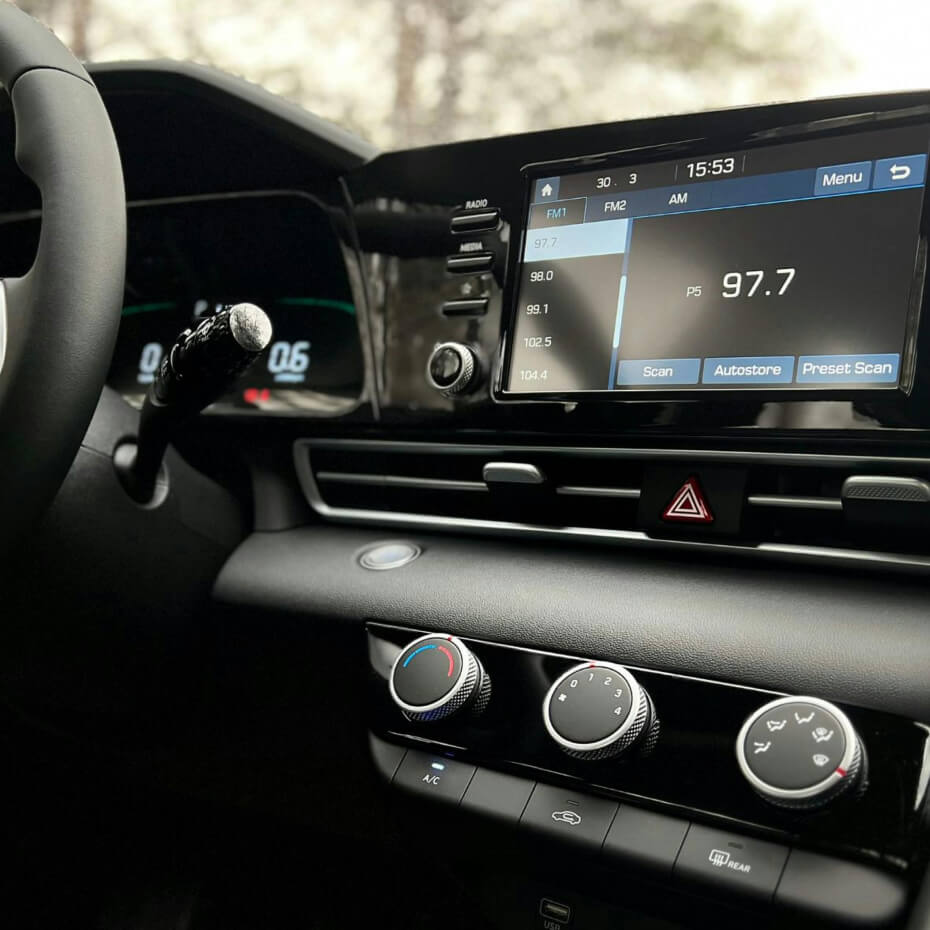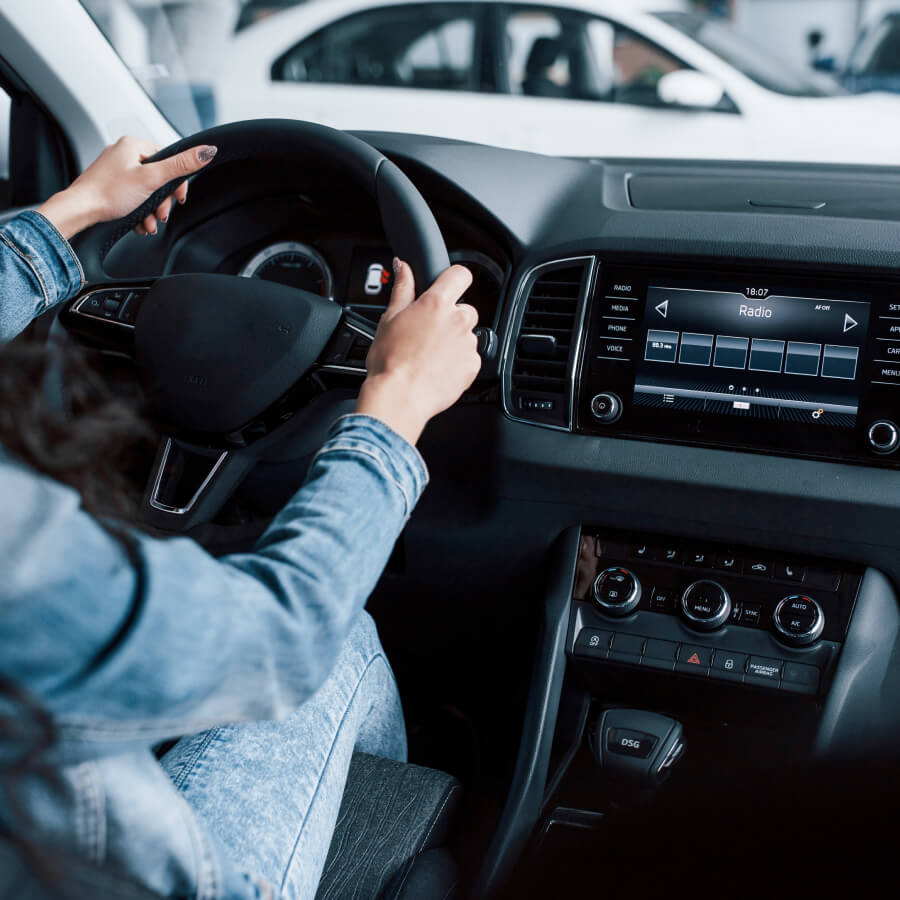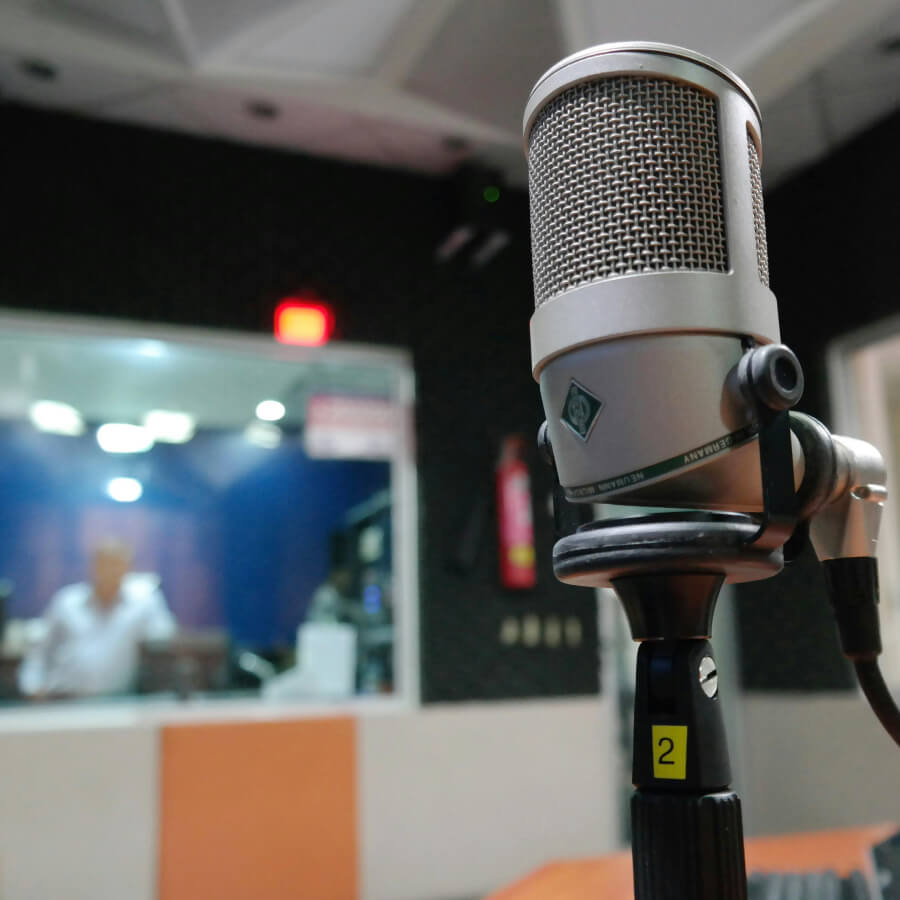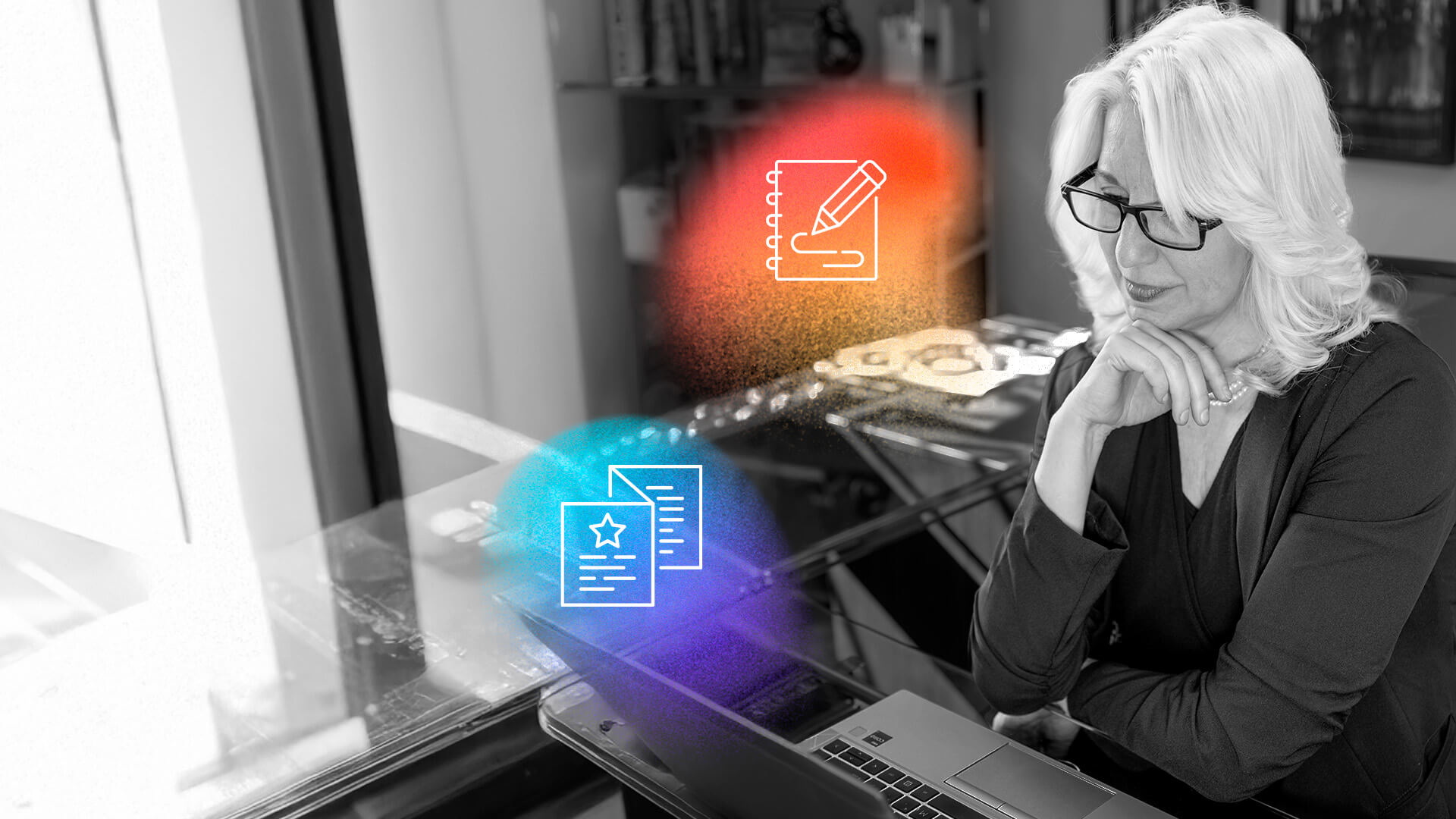Radio Advertising
From Message to Placement: Radio Advertising That Connects and Delivers Results.
Traditional Radio Advertising
Traditional radio advertising involves placing ads on FM and AM stations, which have long been a reliable way to reach broad audiences across different regions. This method allows businesses to tap into the established listenership of radio stations, often during prime commuting hours.
It’s an ideal format for brand awareness, especially for local or regional businesses. Traditional radio allows you to reach a mass audience while aligning your ads with specific genres or station formats that cater to your target demographic.

Benefits of Traditional Radio

Mass Reach
Traditional radio is an excellent way to reach a broad and diverse audience, particularly commuters and those who listen during peak hours. Radio allows your message to reach a large number of people simultaneously, increasing brand exposure and recognition.

Local Targeting
Traditional radio can benefit local businesses by targeting specific geographic areas. Stations can be selected based on their local listenership, making it an ideal medium for regional campaigns and community-driven businesses.

High Engagement Rates
Radio listeners tend to be highly engaged, often listening while commuting, working, or at home. This captive audience is more likely to absorb your message without the distractions commonly associated with digital platforms.
Digital Radio Advertising
Digital radio advertising includes platforms like Spotify, Pandora, iHeartRadio, and satellite radio, which allow businesses to reach listeners through internet-based streaming services.
Digital radio offers advanced targeting capabilities, such as demographic and interest-based targeting, and provides measurable analytics on campaign performance. With the rise of digital audio consumption, this format is ideal for reaching mobile audiences, often allowing for interactive elements such as clickable ads.
Benefits of DigitalRadio Advertising
Why Choose Us?
Choosing our agency for your radio advertising means partnering with a team that brings decades of trusted relationships with top vendors in the industry. These relationships allow us to secure prime ad placements at competitive rates, ensuring your business gets the best value for its budget. Our long-standing partnerships also give us insider knowledge and flexibility so we can place your ads on the most effective platforms and time slots, maximizing your reach and impact.
We don’t just place ads—we strategically place them based on an in-depth understanding of your target audience and business objectives. We take the time to analyze your specific needs and craft a campaign that reaches the right listeners at the right time. Whether you’re targeting a local audience through traditional radio or a more segmented demographic via digital platforms, we align our strategies to ensure your brand gets optimal exposure and generates measurable results.
Click to listen to our award winningRadio spots
AVA Digital Award Gold Winner
TT Radio
XM
2 X AVA Digital Awards
AVA Digital Award Gold Winner
Heinold & Feller – Huh-Huh-Husqvarna Snow Blower Radio
AVA Digital Award Gold Winner
FAQs about RadioAdvertising
What’s the difference between traditional and digital radio advertising?
Traditional radio advertising involves placing ads on FM or AM stations reaching listeners through live broadcasts. Digital radio advertising, on the other hand, takes place on streaming platforms like Spotify, Pandora, or iHeartRadio, using internet-based radio services. Digital radio allows for more precise targeting and real-time data tracking, while traditional radio offers broad, regional reach.
How does ad targeting differ between traditional and digital radio?
Traditional radio relies on targeting based on station demographics, geographic areas, and time slots, often linked to the type of content or genre. Digital radio allows more detailed targeting using data such as user location, age, interests, and listening habits, ensuring your ads reach the most relevant audience.
Which format has better reach, traditional or digital radio?
Traditional radio offers excellent reach, particularly for local or regional businesses, as it reaches mass audiences during peak hours. Digital radio, however, is growing rapidly and is ideal for targeting niche or highly specific audiences, particularly younger mobile listeners who use streaming platforms.
What are the benefits of using digital radio advertising?
Digital radio offers several benefits, including precise audience targeting, real-time analytics, and the ability to include interactive features like clickable ads. These features make it highly efficient for reaching specific demographics and optimizing campaigns based on performance data.




What types of businesses benefit most from traditional radio advertising?
Due to its strong local reach, traditional radio advertising often benefits local businesses, retail stores, community events, and service providers. It’s ideal for brands looking to engage with regional audiences and create broad awareness in a geographic area.
Can I use the same ad for both traditional and digital radio?
While you can use the same core message, customizing ads for each format is often better. Traditional radio ads might focus on broader messaging, while digital radio ads can incorporate more targeted or interactive elements, like clickable banners or personalized calls to action.
How do I measure the success of traditional radio ads?
Traditional radio success is typically measured through increased brand awareness, website traffic, or sales within a geographic area after an ad airs. Some businesses use unique phone numbers or promotional codes to track the direct impact of radio ads.
How are digital radio ads measured?
Digital radio platforms offer detailed analytics, including impressions, click-through rates, engagement, and conversions. These metrics allow us to monitor your ads’ performance in real-time and adjust campaigns for better results.
What is the cost difference between traditional and digital radio advertising?
Traditional radio costs depend on the station, time slot, and market size, while digital radio costs are based on targeting parameters, impressions, or listener engagements. Due to precise targeting, digital radio ads tend to be more cost-efficient, but traditional radio offers broad reach, which may justify higher costs depending on your goals.
How long should my radio ad be?
Traditional radio ads typically run for 15, 30, or 60 seconds. Digital radio ads often range from 15 to 30 seconds, with some platforms offering shorter, non-skippable options. Regardless of the format, keeping your message clear, concise, and engaging is essential.





